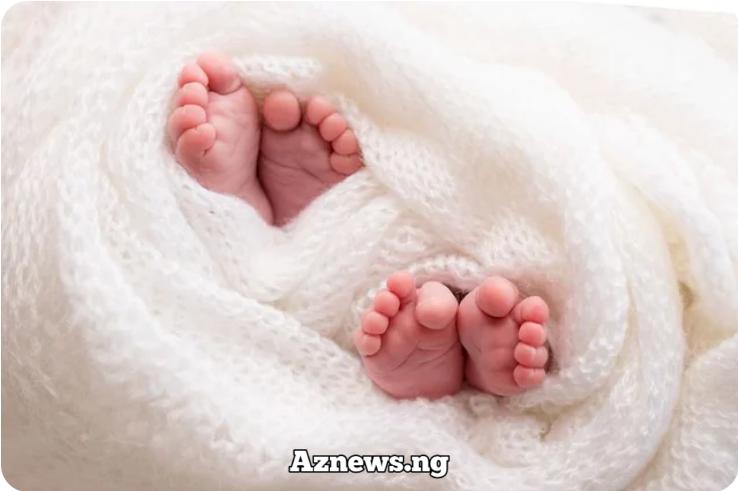
A woman with two uteruses and two cervixes has recently given birth to two baby girls, each of whom was carried.....Read The Full Article>>.....Read The Full Article>>
in a separate uterus. Kelsey Hatcher delivered the babies at the University of Alabama at Birmingham Hospital, with Roxi born at 7:45 pm on December 19 and Rebel born at 6:10 am on December 20 – the two even had separate birthdays!
Hatcher had been diagnosed with uterus didelphys aged 17, and had experienced three typical pregnancies before this one at 32 years old. “I had already taken care of Kelsey through her third pregnancy and knew she had a double uterus, but that was only one baby – two babies in two uteri were a true medical surprise,” said her obstetrician, Dr Shweta Patel, in a statement .
Only about 0.3 percent of the population has a double uterus. It is caused by the Müllerian ducts, which usually fuse during fetal development, not joining together properly. Although those with the condition can have healthy pregnancies, it is associated with complications such as miscarriage, low birth weight, and early labor. So when Hatcher noticed bleeding a few weeks into the pregnancy, she decided to get an ultrasound to check things out – and got a huge surprise.
“As soon as she moved the wand to the other uterus, I gasped,” she said. “Sure enough, there was another baby. We just could not believe it.”
“Most likely what happened is that she ovulated separately and had one egg come down each fallopian tube, meaning coming down on each side of the uterus, and then sperm traveled up on each separate uterus and fertilization occurred separately,” Patel told Good Morning America. Dr Richard O. Davis, who co-managed the pregnancy, told GMA that the chances of this phenomenon, called a dicavitary pregnancy, was “one in a million”.
“In a typical twin pregnancy, the twins share one womb, which can limit the amount of space each has, making preterm or early birth a high possibility,” Davis said in the statement. “With Kelsey’s babies, they each had their own womb, sac, placenta and umbilical cord, allowing them extra space to grow and develop.”
Hatcher was induced at 39 weeks as spontaneous labor didn’t happen, having one labor and delivery nurse for each baby. She had already been pregnant twice in her right uterus, and the baby’s head was lower and the birth was progressing faster on that side. “As my contractions began, they were not consistently together but were within a few seconds of each other,” Hatcher explained. “I felt each side contracting in different areas as well. I felt one consistent with the monitor that started on the left side and moved to the right.”
“Kelsey was essentially laboring in the left uterus while simultaneously undergoing the postpartum process in the right. She was having contractions with Baby B while breastfeeding Baby A,” said Patel. “It goes to show that the field of obstetrics is always changing and unpredictable, and you don’t always have clear-cut answers.”
“I think it is safe to call the girls fraternal twins
,” explained Davis. “At the end of the day, it was two babies in one belly at the same time. They just had different apartments.”
“After such a long and crazy journey, it meant the world to see both of my girls together for the first time,” Hatcher said. What a way to finish 2023!
